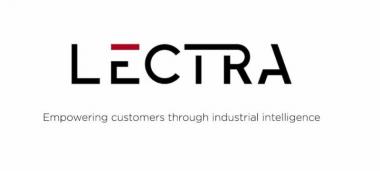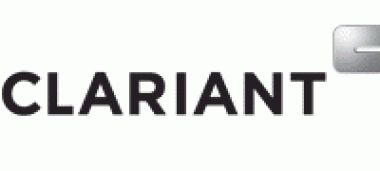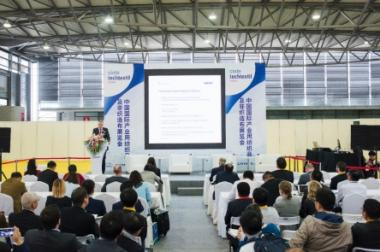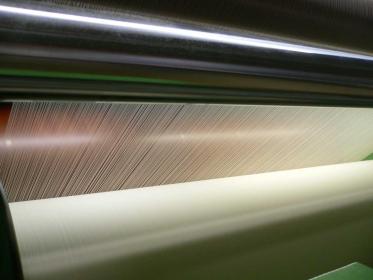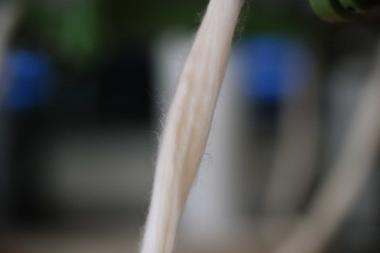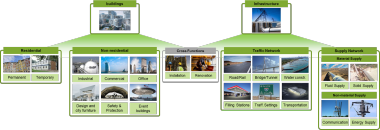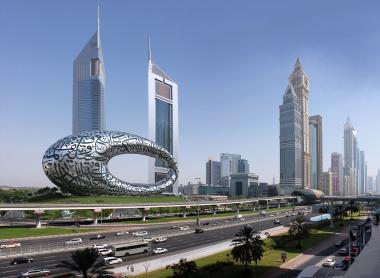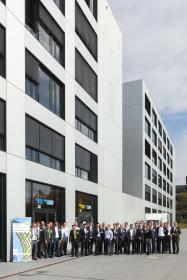Beaulieu Fibres International gets to the heart of Asia’s growth segment needs at ANEX 2018
- Fibres for automotive composites, technical textiles, hygiene and medical nonwovens
- UltraLink fibres offer sustainable system cost reduction solutions to the automotive industry
- Meralux offers improved liquid management for a dry feeling
- Stand 2034, ANEX 2018, 6-8 June, Tokyo Big Sight, Japan
Beaulieu Fibres International, the leading European polyolefin fibre supplier, marks its Asia Nonwovens Exhibition and Conference (ANEX) debut with unique products and capabilities to support innovation at a local level within the automotive and hygiene segments.
At Stand 2034, Beaulieu Fibres International demonstrates its commitment to the global market growth for automotive composites and technical textiles, as interest increases in adopting lightweight materials to reduce vehicle weight and fuel efficiency.
The company will present UltraLink bonding fibres that improve the mechanical, thermal and functional properties of the final part, allowing customers to meet OEM specific standards in a more sustainable way. They are available in both MONO and BICO technology – a first for the composites industry.
Jefrem Jennard, Global Sales Director – Industrial Fibres, comments: “Beaulieu Fibres International developed UltraLink fibres over the past two years to provide an answer to the automotive industry’s continuous strive for lower weight, lower emission, lower cost and better properties. They are being introduced in new global automotive programmes with SOP 2019-2021. We are delighted to introduce them to the Asian market at ANEX.”
At ANEX 2018, Beaulieu Fibres International also presents its platform of unique Meralux fibres offering significant improvements to the dryness of nonwoven for hygiene and medical applications. The BICO fibre has a special cross section, which enables it to provide bulk, opacity and enhanced fluid management compared to standard round fibres to nonwoven constructions. As a result, a dry feeling is achieved for the final nonwoven.
Petra Bohle-Stricker, Global Sales Director – Hygiene Fibres, comments: “As Asia Pacific heads towards becoming the largest regional tissue and hygiene market by the end of 2025 , nonwovens producers can already take advantage of the benefits of Meralux to launch new and innovative products that will grab the attention of global and local manufacturers. Visitors to our ANEX booth can experience Meralux fibres first-hand in nonwoven samples.”
Since Meralux was first launched in April 2017, the portfolio has expanded to include Meralux T and Meralux Soft. Beaulieu Fibres International is currently expanding its production programme with polyester-core (PET) BICO. In addition a pilot line for new developments is under construction. Both are expected to come on stream in 2018.
EMG PR





